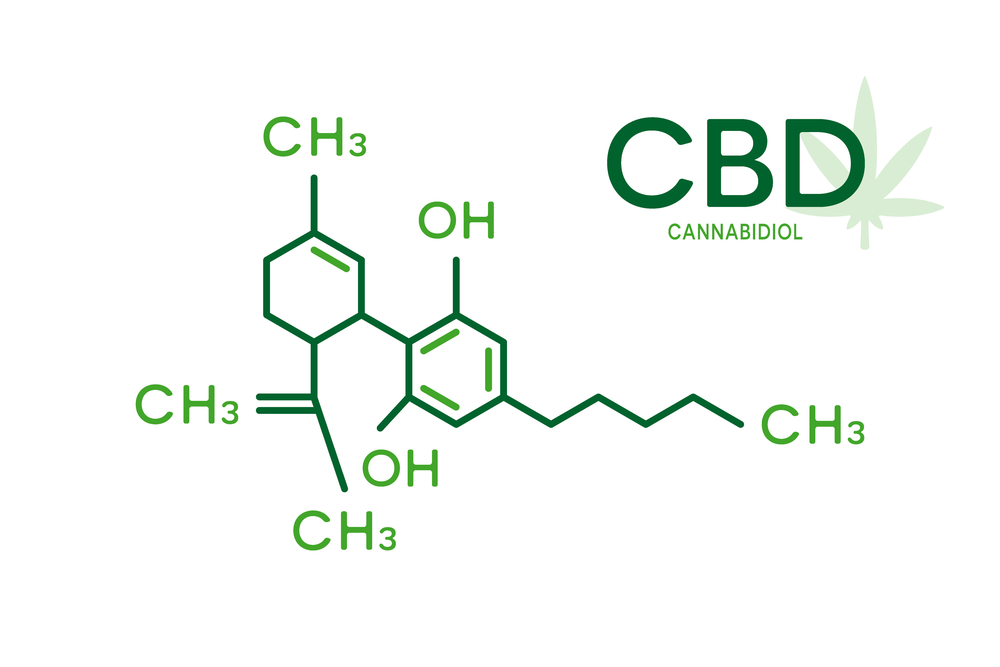Getting the ‘good stuff’ out of the cannabis plant without actually smoking it requires extracting the compounds you want directly from biomass. There are numerous ways to do this, including solvent extraction, CO2 extraction, and steam distillation. Solvent extraction, relying primarily on ethanol, is one of the most utilized extraction methods on the market. But is ethanol extraction the best way to go with cannabis?
It should be noted that ethanol is not the only solvent available. Processors often use other chemical solvents as well, or they might opt for a natural solvent instead. One good example of a natural solvent is olive oil. Though not as effective as ethanol, it does the trick well enough.
The Pros of Ethanol Extraction
Processors know that there are many upsides to ethanol extraction. According to CedarStoneIndustry, a Houston company that manufactures ethanol extraction equipment, this form of extraction is relatively affordable and fairly consistent. It does not offer the consistency of CO2 extraction, but it is superior to both natural solvent extraction and steam distillation.
A processor can invest in a moderate amount of ethanol extraction equipment and set up a working operation fairly quickly. As a solvent, ethanol works well for producing full-spectrum oil. Why? Because it dissolves non-water-soluble components and binds to the water-soluble ones.
With ethanol extraction, you get just about everything out of the cannabis plant. You get all the cannabinoids, terpenes, fatty acids, flavonoids, etc. What’s more, you don’t have to process the resulting extract afterward. A full-spectrum product goes from extractor to bottle with only intermediate filtering to get rid of plant material.
The Cons of Ethanol Extraction
Along with the pros, ethanol extraction does have its cons. Chief among them is the lower concentration of cannabinoids and terpenes. The best ethanol process yields only about 80% purity. Processors can do a lot better with CO2 extraction.
Such a comparatively low purity rate makes it more difficult to create THC and CBD isolates while utilizing ethanol extraction. However, it can be done. You just have to put the extracted oil through some additional processes.
Another downside of ethanol extraction is that of always leaving some residue behind. This is not a problem for some people. For others though, it is. They will not buy any products derived through ethanol extraction based entirely on the desire to not ingest even casual amounts of the substance.
A Decision for Each Processor
Each processor ultimately has to decide on the extraction method most suitable to the company’s goals. A company looking for greater purity will probably opt for CO2 extraction instead. But that will require a significantly higher outlay along with some specialized knowledge to make the equipment work.
Steam distillation is by far the cheapest method of extracting THC, CBD, and other cannabinoids. It also requires the smallest footprint. Steam distillation is certainly an alternative for startups without sufficient finances to invest in ethanol extraction equipment. The big problem with steam distillation is its inefficiency.
Processors have to expend a lot of effort to utilize steam distillation. Yields are not high, and quality is inconsistent. So generally speaking, serious businesses looking to make good money in the cannabis industry shy away from steam distillation.
All the pros and cons inevitably lead us back to ethanol extraction as being the most common method of removing the good stuff from cannabis plants. Is it the best way to go with cannabis? Not always. Still, ethanol extraction is widely utilized because it works. And as long as this is the case, ethanol extraction will continue.


